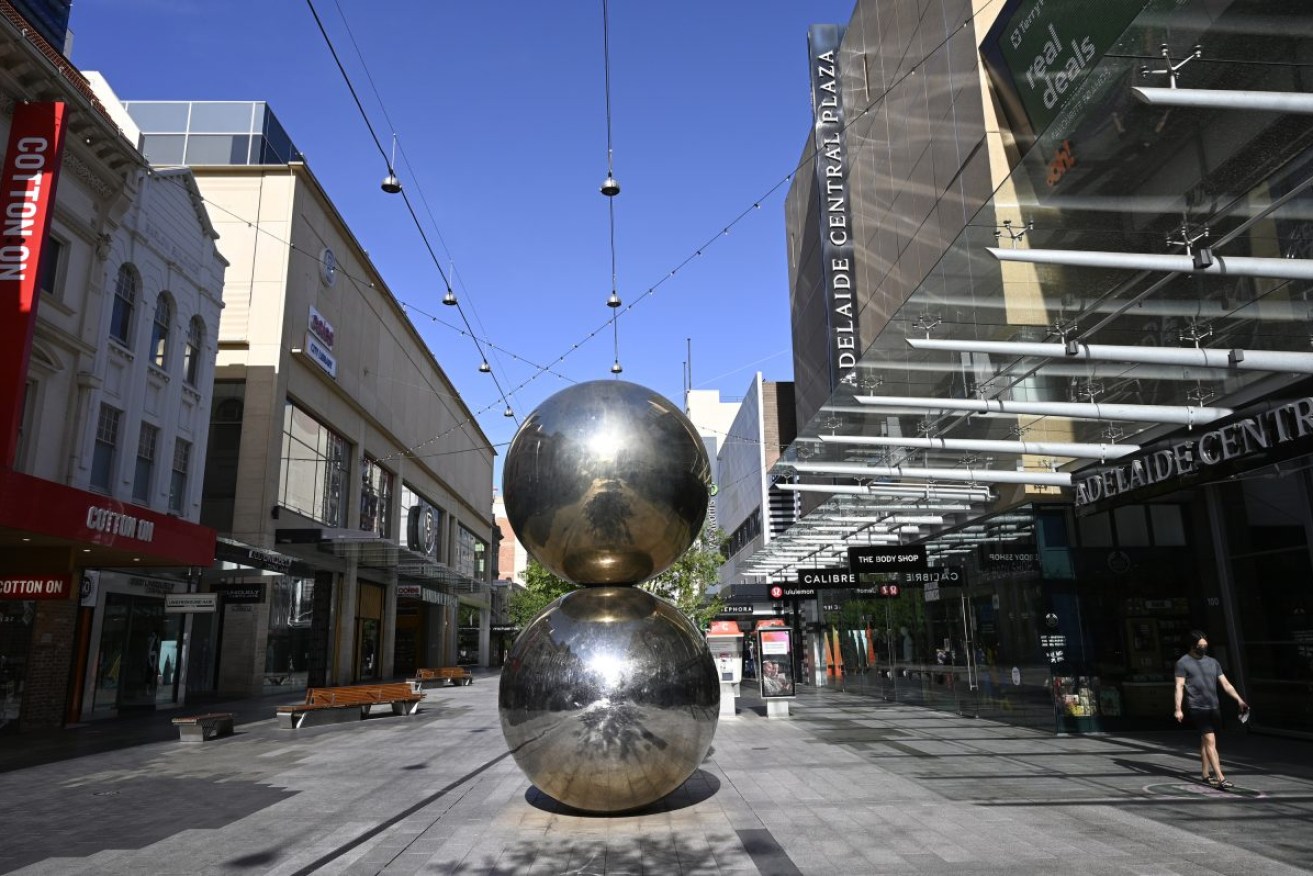‘Business as usual’ state budget won’t cut it
As interest rates and living costs rise and more South Australians do it tough amid a sluggish economy, Ross Womersley argues that the Malinauskas Government must take a bold, interventionist approach to policy and the state budget.

Photo: AAP/David Mariuz
While the delivery of the state budget is still months away, the real work of setting directions, considering options and making budget decisions will be happening now.
As always, the budget context is tricky. The current high inflation rates mean that there will be extra revenue from GST and stamp duties, but the cost of providing vital services will also be increasing. The costs of flood recovery need to be factored in and, with inflation causing a cost of living crisis for households, the government also needs to look at further concession relief for those on very low incomes.
Beyond these immediate challenges, there is a big long-term shadow hanging over the budget. To put it bluntly: South Australia is in trouble economically.
Most economic indicators show that we are under-performing relative to the rest of the country.
Economic growth in South Australia is below the national average. This means that the South Australian share of the national economy is shrinking, and some analysts are predicting a slowdown in growth over the next year.
South Australian wages are below the national average, we have the second lowest proportion of population in employment, and the second highest rate of underutilisation of labour (that is, combination of unemployment and under-employment).
Investment levels in South Australia have been below the national average for most of the last 30 years, we have had the lowest productivity of any state in recent decades and almost no productivity growth over the last 10 years.
South Australia’s state debt has been increasing since 2008. While this is not at levels of macroeconomic concern, in combination with increasing interest rates, there is an increasing budget dead weight which curtails the government’s capacity to spend for development or support services.
This gloomy picture has been drawn from official ABS and SA government statistics. It is summarised in the SACOSS Submission to the 2023-24 Budget which will be released in the coming days.
But for SACOSS, it is not simply a matter of economic statistics. South Australia’s relative decline also impacts on equality and the lives of South Australians.
South Australia actually does better on many measures of equality than the national average. However, these good results are undermined by the overall economic decline, as South Australia’s share of national household income, the national wages pool, and the female share of the national wages pool are all declining – underpinned by a decline in the population share.
In short, compared to the rest of the country, as a community we are becoming relatively poorer. This in turn impacts on the ability of the state to provide infrastructure, services and opportunities to attract and retain people. The cycle of decline becomes self-reinforcing.
Against this background a conservative or “business as usual” state budget won’t actually be enough. A hands-off “leave it to the market” approach will simply see a continuation of all the drivers behind the long-term decline. What we really need is a much bolder and interventionist approach, where the budget provides a vision, strategy and, most importantly, investment on a new scale in industry and regional development, skills development (including raising levels of digital competency and inclusion), and population retention and attraction.
An approach like this is neither heretical nor impossible. The COVID response of governments across Australia (and the world) showed the power and importance of government intervention in supporting people and the economy. While in hindsight some things could have been done differently, overall it was a huge success story, particularly in South Australia.
Of course, further budget deficits to finance such an approach run counter to current national monetary policy and risks making the state debt worse in the medium term. These are real issues. They should be addressed in the budget approach but they should not govern it.
In practice, this might mean that a bold interventionist budget may also require taxing money back to the government. In that sense, what is proposed is less a Keynesian-style demand stimulus and more of an industry development approach.
Increasing taxation will require not only that the government takes a bold approach to the budget, but also the parliament displays a much greater level of maturity and abandons its apparent default opposition to any revenue-raising measure (as we have seen in recent years).
These are difficult issues. There is plenty of room for genuine debate on what policies and measures should be on the agenda.
But one thing is clear: the alternative to a bold interventionist approach to economic development is decline and inequality. A “business as usual” budget won’t cut it.
Ross Womersley is CEO of the South Australian Council of Social Service




